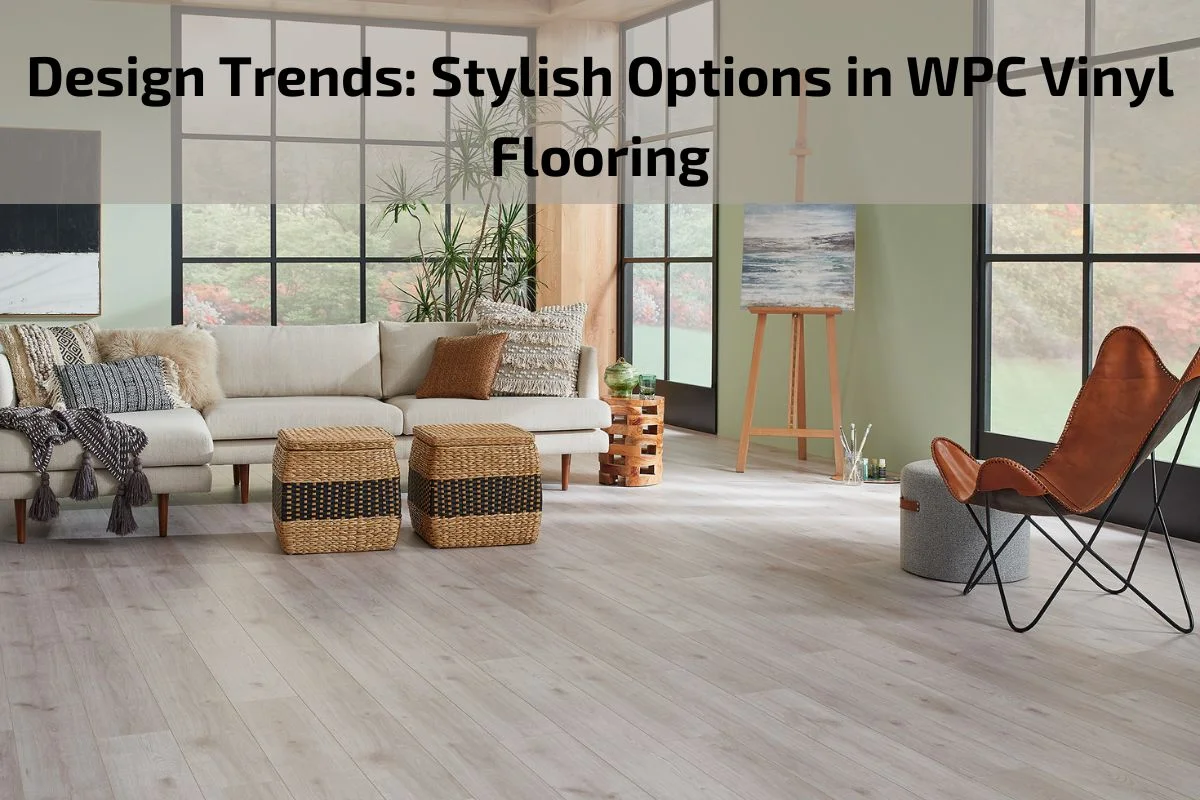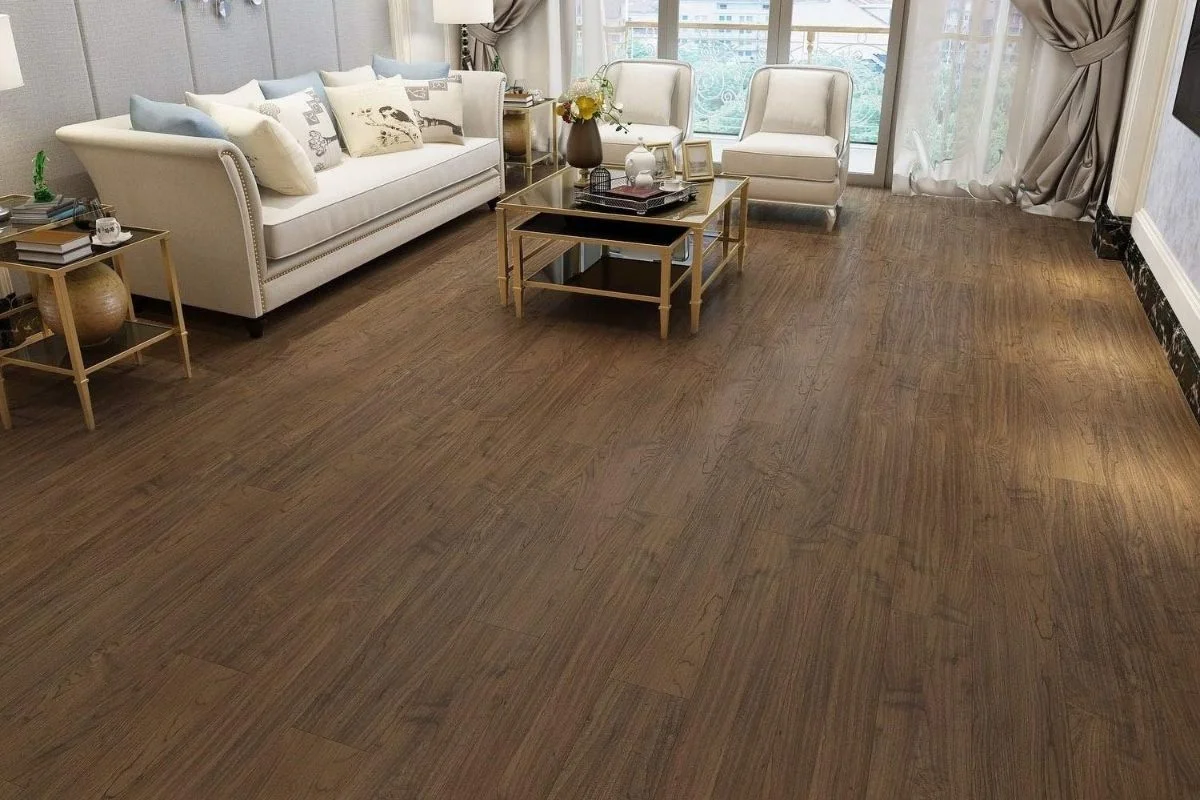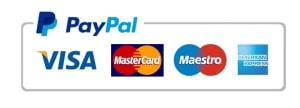
In the ever-evolving world of interior design, flooring plays a crucial role in shaping the aesthetic and ambiance of a space. With advancements in technology and materials, homeowners and designers now have a plethora of options to choose from when it comes to flooring solutions. Among these options, WPC (Wood Plastic Composite) vinyl flooring has emerged as a stylish and versatile choice that combines the natural beauty of wood with the durability and practicality of vinyl.
In this article, we delve into the latest design trends in WPC vinyl flooring, exploring the innovative options and stylish finishes that are capturing the attention of homeowners and designers alike. From realistic wood-look planks to contemporary tile and stone designs, WPC vinyl flooring offers endless possibilities for creating unique and personalized spaces.
What is WPC Vinyl Flooring
WPC (Wood Plastic Composite) vinyl flooring is a type of engineered flooring that combines the natural aesthetics of wood with the durability and practicality of vinyl. It is composed of multiple layers, each serving a specific purpose to enhance the overall performance of the flooring.
The core layer of WPC vinyl flooring is made of a composite mixture of wood fibers and recycled plastic polymers. This composite blend provides stability, strength, and resistance to wear and tear, making the flooring highly durable and suitable for high-traffic areas.
On top of the core layer, there is a printed decorative layer that replicates the appearance of natural materials such as wood, stone, or tile. This layer can be customized to mimic various wood species, plank sizes, and surface textures, offering a wide range of design options to suit different interior styles and preferences.
A clear wear layer is applied on top of the printed decorative layer to provide additional protection against scratches, stains, and fading. This wear layer is typically made of polyurethane or aluminum oxide, ensuring long-lasting performance and maintaining the appearance of the flooring over time.
WPC vinyl flooring is known for its waterproof properties, making it suitable for use in moisture-prone areas such as kitchens, bathrooms, and basements. It can withstand spills, splashes, and moisture without warping, swelling, or deteriorating, providing peace of mind for homeowners and designers.
Overall, WPC vinyl flooring offers a combination of aesthetic appeal, durability, water resistance, and ease of maintenance, making it a popular choice for both residential and commercial spaces. Its versatility, affordability, and ease of installation make it an attractive flooring option for modern interiors.
Brief overview of WPC vinyl flooring
WPC (Wood Plastic Composite) vinyl flooring is a cutting-edge flooring solution that seamlessly combines the natural beauty of wood with the durability and resilience of vinyl. It is crafted using a unique composite material composed of wood fibers, recycled plastic polymers, and other additives, engineered to deliver exceptional performance in various environments.
The core layer of WPC vinyl flooring is engineered to withstand heavy foot traffic, impacts, and wear, ensuring long-lasting durability. This composite core provides stability and strength, preventing the flooring from expanding, contracting, or warping, even in humid or moisture-prone areas.
On top of the core layer, there is a high-definition printed layer that replicates the look and texture of natural materials such as hardwood, stone, or tile. This layer allows for a wide range of design options, enabling homeowners and designers to achieve their desired aesthetic without compromising on performance.
A protective wear layer is applied over the printed layer to enhance durability and resistance to scratches, stains, and fading. This wear layer ensures that the flooring maintains its appearance and integrity over time, even in high-traffic areas or areas exposed to sunlight.
One of the key advantages of WPC vinyl flooring is its waterproof nature, making it ideal for use in moisture-prone areas such as kitchens, bathrooms, and basements. It can withstand spills, splashes, and moisture without swelling, warping, or deteriorating, providing peace of mind for homeowners.
In addition to its durability and water resistance, WPC vinyl flooring is also known for its easy installation, low maintenance requirements, and versatility in design options. Whether you’re renovating your home, upgrading a commercial space, or designing a new construction project, WPC vinyl flooring offers a stylish and practical flooring solution for modern interiors.
Definition and composition of WPC vinyl flooring
The composition of WPC vinyl flooring typically includes the following layers:
Core Layer: The core layer of WPC vinyl flooring is made up of a mixture of wood fibers and recycled plastic polymers. This composite blend provides stability, strength, and resistance to wear and tear, ensuring the flooring maintains its integrity even in high-traffic areas.
Printed Decorative Layer: On top of the core layer, there is a printed decorative layer that mimics the look and texture of natural materials such as hardwood, stone, or tile. This layer is created using high-definition printing technology, allowing for a wide range of design options and customization possibilities.
Wear Layer: A clear wear layer is applied over the printed decorative layer to provide additional protection against scratches, stains, and fading. This wear layer is typically made of polyurethane or aluminum oxide, ensuring the flooring maintains its appearance and durability over time.
Backing Layer: Some WPC vinyl flooring products may include a backing layer for added stability and sound insulation. This layer helps to reduce noise transmission and provides a cushioned feel underfoot, enhancing comfort and acoustics in the space.
Importance of WPC vinyl flooring in interior design
WPC (Wood Plastic Composite) vinyl flooring holds significant importance in interior design for several compelling reasons:
Versatility: WPC vinyl flooring offers a diverse range of design options, including realistic wood grain patterns, stone or tile looks, and various colors and textures. This versatility allows designers to achieve a wide variety of aesthetic goals and tailor the flooring to complement the overall style and theme of the space.
Durability: One of the key benefits of WPC vinyl flooring is its exceptional durability. Engineered to withstand heavy foot traffic, impacts, and wear, WPC vinyl flooring is highly resilient and long-lasting. Its durable construction makes it ideal for use in both residential and commercial settings, where durability is essential for maintaining the integrity of the flooring over time.
Water Resistance: WPC vinyl flooring is inherently waterproof, making it suitable for use in areas prone to moisture, such as kitchens, bathrooms, and basements. Unlike traditional hardwood flooring, which can warp, swell, or deteriorate when exposed to moisture, WPC vinyl flooring remains unaffected, providing peace of mind for homeowners and designers.
Ease of Maintenance: WPC vinyl flooring is easy to clean and maintain, requiring only regular sweeping and occasional mopping to keep it looking its best. Its protective wear layer helps to prevent scratches, stains, and spills from penetrating the surface, reducing the need for intensive cleaning or refinishing. This low-maintenance feature is especially advantageous in busy households or commercial spaces where time is of the essence.
Design Flexibility: With advancements in technology and manufacturing processes, WPC vinyl flooring offers virtually limitless design possibilities. From classic hardwood looks to modern tile or stone designs, WPC vinyl flooring can emulate a wide range of natural materials with remarkable realism. This design flexibility allows for creative expression and customization, enabling designers to achieve their desired aesthetic vision with ease.
Comfort and Underfoot Warmth: WPC vinyl flooring provides a comfortable underfoot feel and offers insulation against cold temperatures. Its cushioned surface enhances comfort and reduces fatigue, making it a cozy and inviting flooring option for residential spaces. Additionally, WPC vinyl flooring helps to minimize noise transmission, creating a quieter and more peaceful indoor environment.
Environmental Considerations: Many WPC vinyl flooring products are made from recycled materials and are recyclable themselves, making them a sustainable choice for eco-conscious consumers. Additionally, the long lifespan of WPC vinyl flooring reduces the need for frequent replacements, further minimizing environmental impact and contributing to sustainability efforts.
Benefits of WPC Vinyl Flooring
WPC (Wood Plastic Composite) vinyl flooring offers a multitude of benefits that make it a highly attractive flooring option for both residential and commercial spaces. Here are some key advantages of WPC vinyl flooring:
Durability: WPC vinyl flooring is engineered to be highly durable and resistant to wear, scratches, dents, and stains. Its robust construction ensures that it can withstand heavy foot traffic and maintain its appearance for many years, making it ideal for high-traffic areas in homes and businesses.
Waterproof: One of the standout features of WPC vinyl flooring is its waterproof nature. Unlike traditional hardwood flooring, which can be susceptible to water damage, WPC vinyl flooring is impervious to moisture, making it suitable for use in areas prone to spills, such as kitchens, bathrooms, and basements.
Easy Maintenance: WPC vinyl flooring is incredibly easy to clean and maintain. Regular sweeping and occasional mopping with a damp cloth or mild detergent are typically all that’s needed to keep it looking pristine. Its protective wear layer helps to prevent stains and spills from penetrating the surface, reducing the need for intensive cleaning or refinishing.
Comfortable Underfoot: WPC vinyl flooring offers a comfortable underfoot feel, thanks to its cushioned surface. It provides insulation against cold temperatures and reduces noise transmission, creating a quieter and more comfortable indoor environment. This makes it a popular choice for areas where comfort is a priority, such as living rooms and bedrooms.
Design Versatility: WPC vinyl flooring comes in a wide range of colors, patterns, and textures, allowing for endless design possibilities. Whether you prefer the look of hardwood, stone, or tile, there’s a WPC vinyl flooring option to suit your aesthetic preferences and complement your interior décor.
Easy Installation: WPC vinyl flooring is designed for easy installation, with options for floating, glue-down, or click-lock installation methods. This makes it a convenient choice for DIY enthusiasts or professional installers, saving time and effort during the installation process.
Environmental Considerations: Many WPC vinyl flooring products are made from recycled materials and are recyclable themselves, making them a sustainable choice for eco-conscious consumers. Additionally, the long lifespan of WPC vinyl flooring reduces the need for frequent replacements, further minimizing environmental impact.
Maintenance and Care of WPC Vinyl Flooring
Maintaining and caring for WPC (Wood Plastic Composite) vinyl flooring is relatively easy and straightforward, thanks to its durable and resilient nature. Here are some tips to help you keep your WPC vinyl flooring looking its best:
Regular Cleaning: Sweep or vacuum your WPC vinyl flooring regularly to remove dust, dirt, and debris. This prevents particles from scratching the surface and helps maintain its appearance.
Damp Mopping: For deeper cleaning, use a damp mop with a mild detergent solution or WPC-specific floor cleaner. Avoid using abrasive cleaners or harsh chemicals that may damage the surface of the flooring.
Immediate Spill Cleanup: Wipe up spills and stains promptly using a clean, damp cloth or mop. Avoid allowing liquids to sit on the floor for an extended period, as this can cause staining or damage to the protective wear layer.
Avoid Excessive Water: While WPC vinyl flooring is waterproof, it’s still advisable to minimize exposure to standing water or excessive moisture. Wipe up spills immediately and use mats or rugs in areas prone to moisture, such as entryways or kitchens.
Protective Pads: Use felt pads or furniture coasters under heavy furniture legs to prevent scratches and indentations on the WPC vinyl flooring surface. Avoid dragging or sliding heavy objects across the floor to prevent damage.
Avoid Sharp Objects: Take care to avoid dropping or dragging sharp objects across the WPC vinyl flooring, as this can cause scratches or gouges. Use furniture sliders when moving heavy items to prevent damage to the flooring surface.
Periodic Maintenance: While WPC vinyl flooring is low-maintenance, it’s a good idea to periodically inspect the flooring for any signs of wear, damage, or issues. Address any problems promptly to prevent them from worsening over time.
Avoid Direct Sunlight: Excessive exposure to direct sunlight can cause fading or discoloration of WPC vinyl flooring over time. Use blinds, curtains, or UV-protective window films to minimize sun exposure and protect the flooring from UV damage.
Avoid Harsh Chemicals: Avoid using harsh chemicals, bleach, or abrasive cleaners on WPC vinyl flooring, as these can damage the surface and compromise its appearance. Stick to mild detergents or WPC-specific cleaning products for best results.
Conclusion
In conclusion, maintaining and caring for WPC (Wood Plastic Composite) vinyl flooring is essential for preserving its durability, appearance, and longevity. By following simple maintenance routines such as regular cleaning, prompt spill cleanup, and avoiding harsh chemicals and sharp objects, you can ensure that your WPC vinyl flooring remains in top condition for years to come




